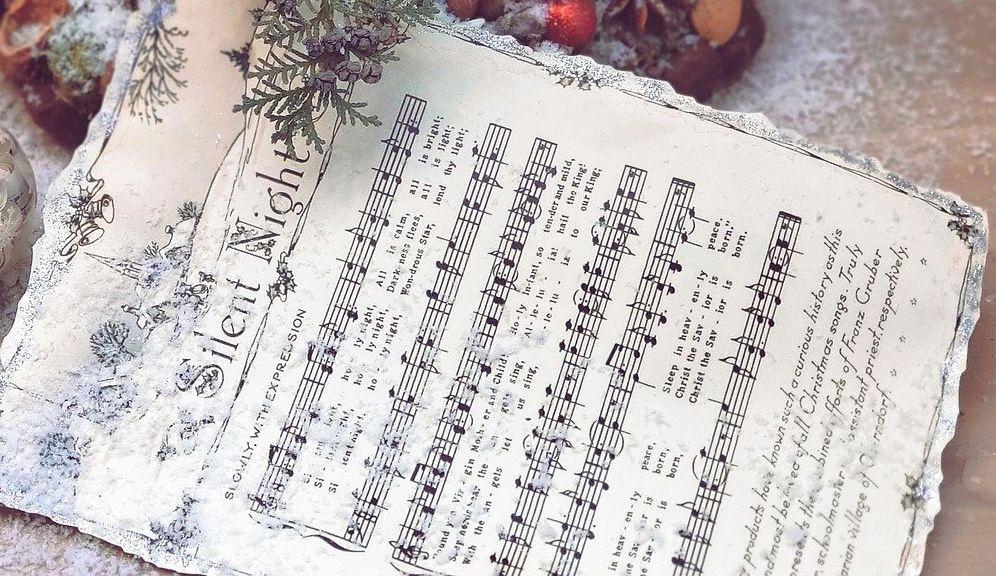Have you ever stared at a blank page, trying to come up with a lyric idea? Do you ever ask, “Where do I get inspiration for my lyrics?” Look no further! I’ll give you three lyric writing starter ideas to help you get the juices flowing. Read more to learn how to get back on track with your writing. Estimated reading time 4 minutes.
Read More

